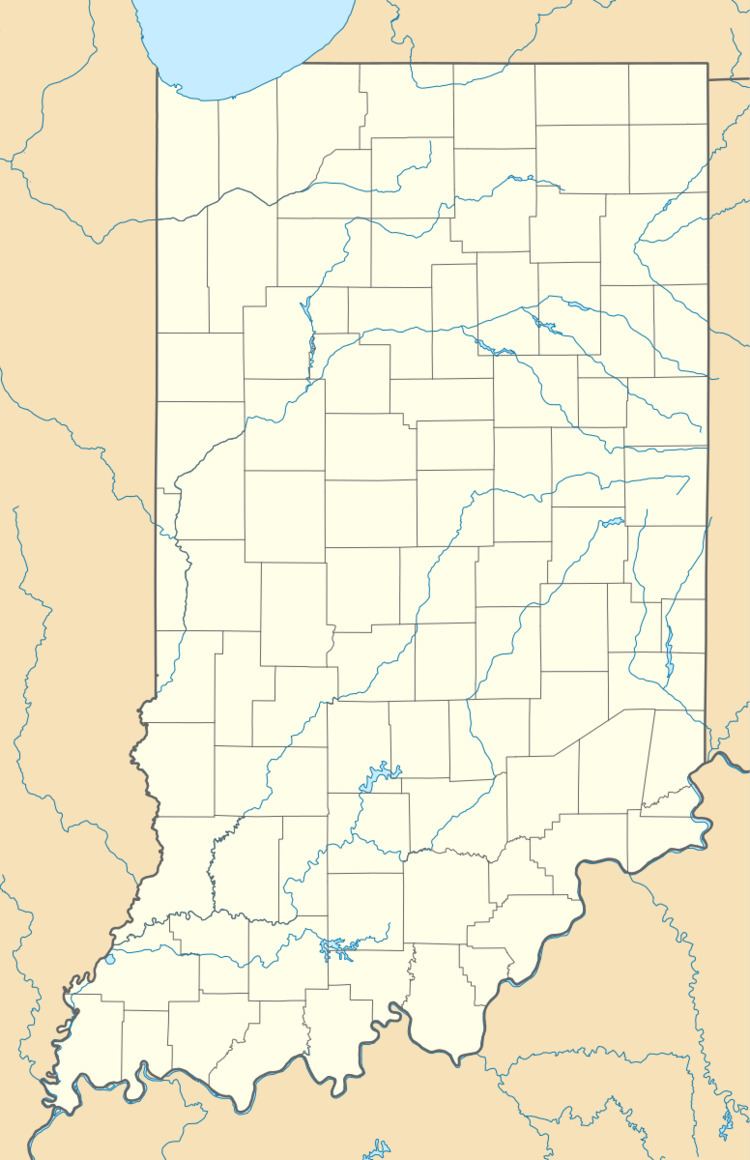Status Open all year | Created 1925 Phone +1 219-926-1952 | |
 | ||
Address 1600 N 25 East, Chesterton, IN 46304, USA Hours Open today · 7AM–11PMSunday7AM–11PMMonday7AM–11PMTuesday7AM–11PMWednesday7AM–11PMThursday7AM–11PMFriday7AM–11PMSaturday7AM–11PM Similar Indiana Dunes National, West Beach Bathouse, Seven Peaks Waterpar, Michigan City Campgro, Warren Dunes State Park Profiles | ||
Indiana dunes state park 2016
Indiana Dunes State Park is an Indiana State Park located 47 miles (75.6 km) east of Chicago, Illinois, United States. The park is bounded by Lake Michigan to the northwest, and is surrounded on all four sides by the Indiana Dunes National Lakeshore, a unit of the National Park Service (the National Lakeshore owns the water from the ordinary high water mark to 300 feet offshore). The 1,530 acres (619.2 ha) Dunes Nature Preserve makes up the bulk of eastern part of the park, and includes most of the park’s hiking trails and dune landscape. This was one of the first places Richard Lieber considered when establishing the Indiana State Park system. Like all Indiana state parks, there is a fee for entrance. It was designated a National Natural Landmark in 1974.
Contents
- Indiana dunes state park 2016
- Geology
- History
- Notable attractions
- Facilities and activities
- Dunes Nature Preserve
- Blowouts
- References
Preserving the Indiana Dunes has resulted from the efforts of many citizens and politicians.
Geology
The beaches were formed by winds coming off Lake Michigan, which drop sand when the wind hits plants, dunes, and hills. As the lake level of Lake Michigan dropped at the end of the Ice Age, the shoreline receded, and new dunes were formed along the lakeshore. Vegetation took over the previous dunes, and eventually forests grew on top of them. There are "blowouts" along the dunes, where dead stumps were revealed after the wind blew away the sand from on top of them; the most notable such blowout is Big Blowout.
History
Native Americans used the area for years, primarily the Potawatomi and Miami people. The Dunes were along trade routes used by Native Americans. In the early 19th century, the state park area was home to the settlements of Petit Fort and City West.
Notable attractions
Facilities and activities
Dunes Nature Preserve
The Nature Preserve covers the eastern 2/3 of the State Park, 1,530 acres (620 ha). It is accessible only on foot. All eight of the park's trails enter the nature preserve, offering easy to rugged experiences amongst the dunes. The highlights of the preserve include:
Designated a National Natural Landmark in 1974, the preserve also contains Ancient Pines Nature Area, a prehistoric forest now exposed by dune blowouts.
Blowouts
Blowouts are formed by the on-shore winds of Lake Michigan. The winds move sand and pile it into dunes. As the dunes form, plants begin to take hold, stabilizing the sand. Beach grasses form a large underground system of roots. This root system, creates stable areas of sand, from which the dune can grow. Slowly other plants take root in the protected areas, including bearberry (kinnikinnick) and small evergreens. Over time, larger plants like sumac, sand cherry, cottonwood, and juniper take hold and replace the grasses and smaller plants.
When a nick forms in this armor of roots and plants, the area can become a blowout. First, open sand becomes accessible to the wind. This can be by animal trails or by human footpaths. A tree could fall in a strong wind, exposing the underlying sand. When this happens, the wind once again goes to work on the loose sand. It undercuts the other roots, and begins moving sand southward. If the winds are strong enough or given enough time, a large blowout can occur, reducing the dunes to lake level over a large area. The 3 largest blowouts in the park are Beach House, Furnessville, and Big Blowout. Each extends into the interdunes, between the front rides of dunes and pockets, into the interdunal troughs. Big Blowout has uncovered an area of dead tree trunks known as the Tree Graveyard.
The park also has a Youth Tent Area separate from the public campground.
